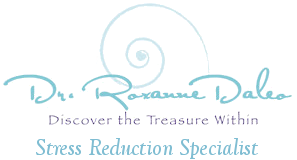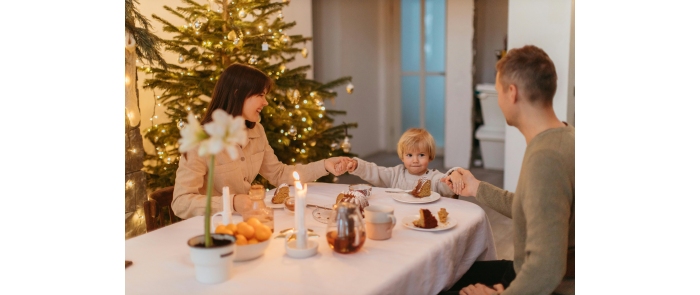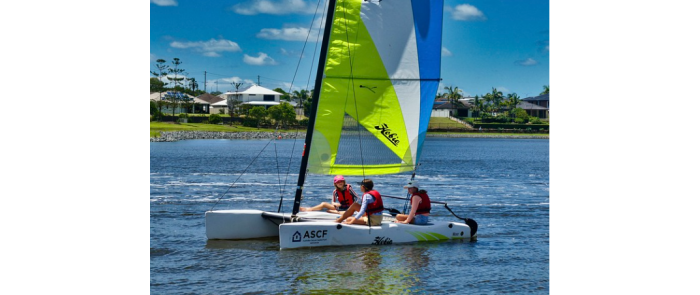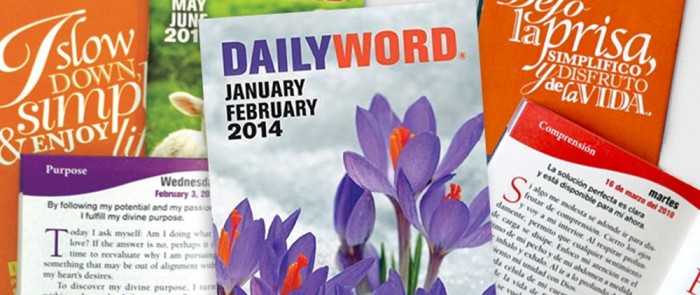As we sat down to dinner, I asked, “Would anyone like to say grace?” Surprisingly,
Joe, eight years old, excitedly volunteered, “I will!!” to which I said, “OK, go ahead,
then.” He stood up at the table and raised his voice, “Grace! Thank you for this meal!
Thank you for my family and our new neighbors who just moved in next door. We are so
happy to meet and have this great feast together and eat all this good food and
dessert!”
What a terrific declaration! I never would have imagined this expression but as Joe
genuinely committed to the task at hand, no one corrected him. We smiled and
accepted his offering before the meal.
Do you have a sacred ritual of giving thanks before meals?
When I was a child, every night before dinner, my Dad said a prayer. His personal
reverence for the sacred and divine came through him as he blessed the meal and
gave a word of thanks for the food and to mom for her wonderful cooking and for us
as his family.
Here are five reasons you can consider why I think it is important:
1. You model for your family your values. Whether it is for the farmer or for God,
whether a serious prayer or a joyful song, you are pausing, reflecting and
acknowledging your bountiful blessings.
- You are allowing your child to know their own importance and significance as a
member of the family. You are creating meaning to your life and the lives of your
family. - You are cultivating the spiritual nature of the child. Your child intuitively has
awareness of the sacred, the gesture of grace brings to life your commitment
to being the presence of Love and having that love for the sacred come through
with your words and actions. Your child feels your emotions and intentions. - You set the stage for your child to keep the channels open and commune with
God in their own way, perhaps, talking to the tress while in the backyard, or
playing with tidal pool animals at the ocean. It can happen anywhere but especially
poignant in the natural world around them. - You can start by lighting a candle at the dinner table or ringing a bell before you
say a word. This symbolic gesture will cue everyone, it is time to pause for praise
and thanksgiving. Everyday!







